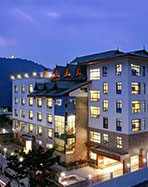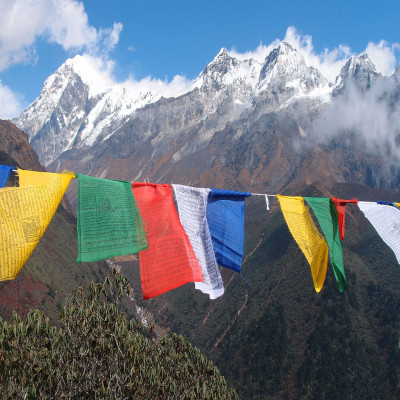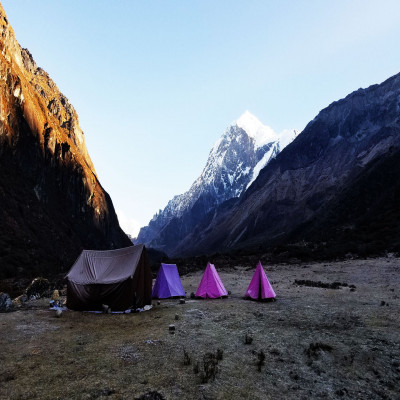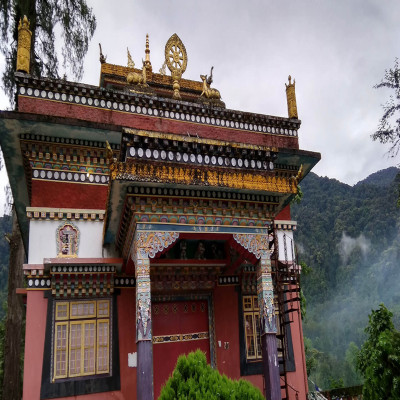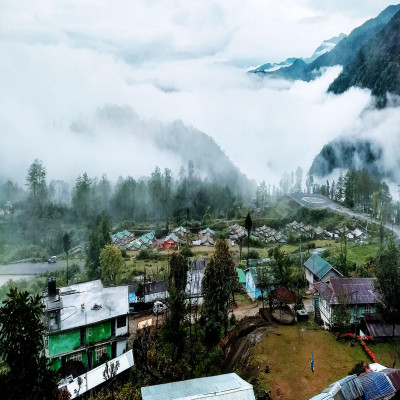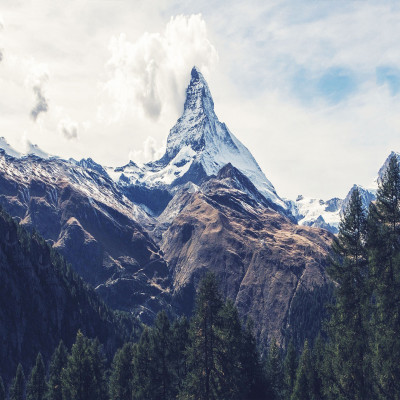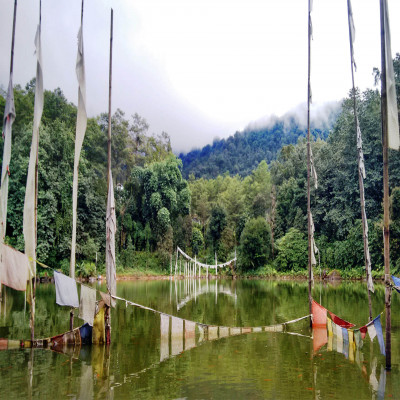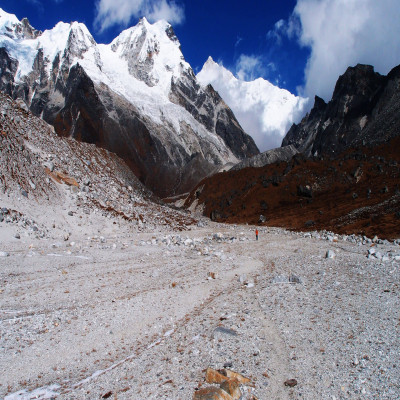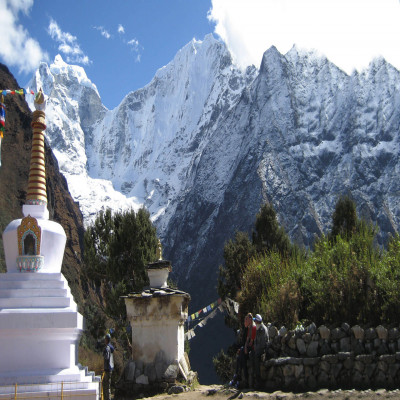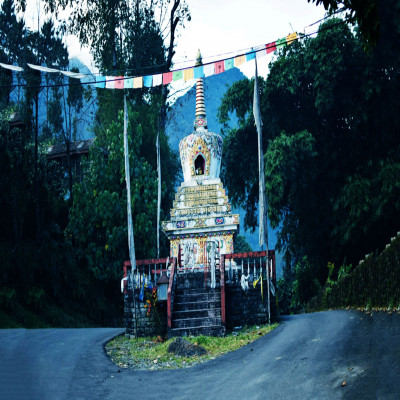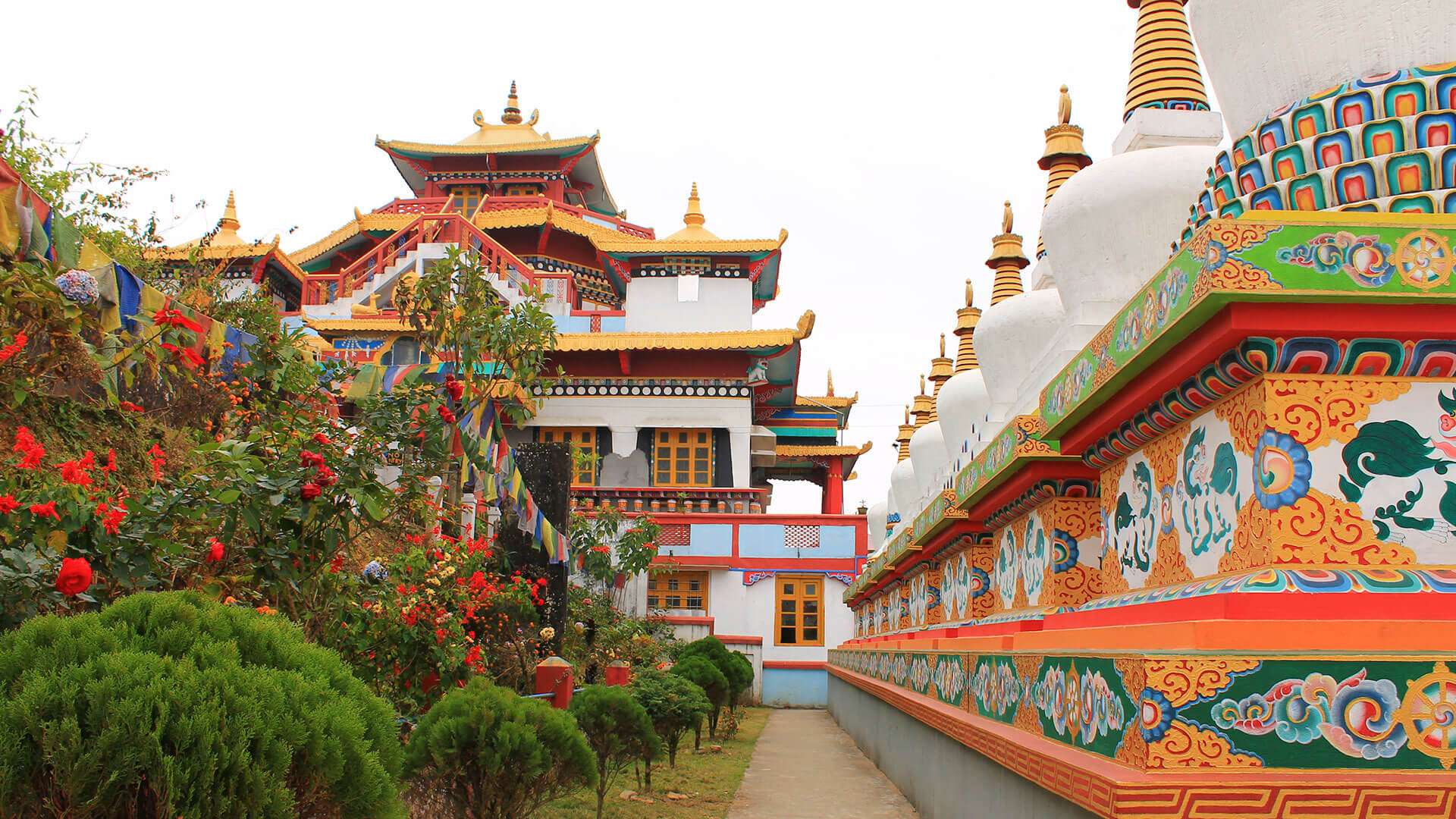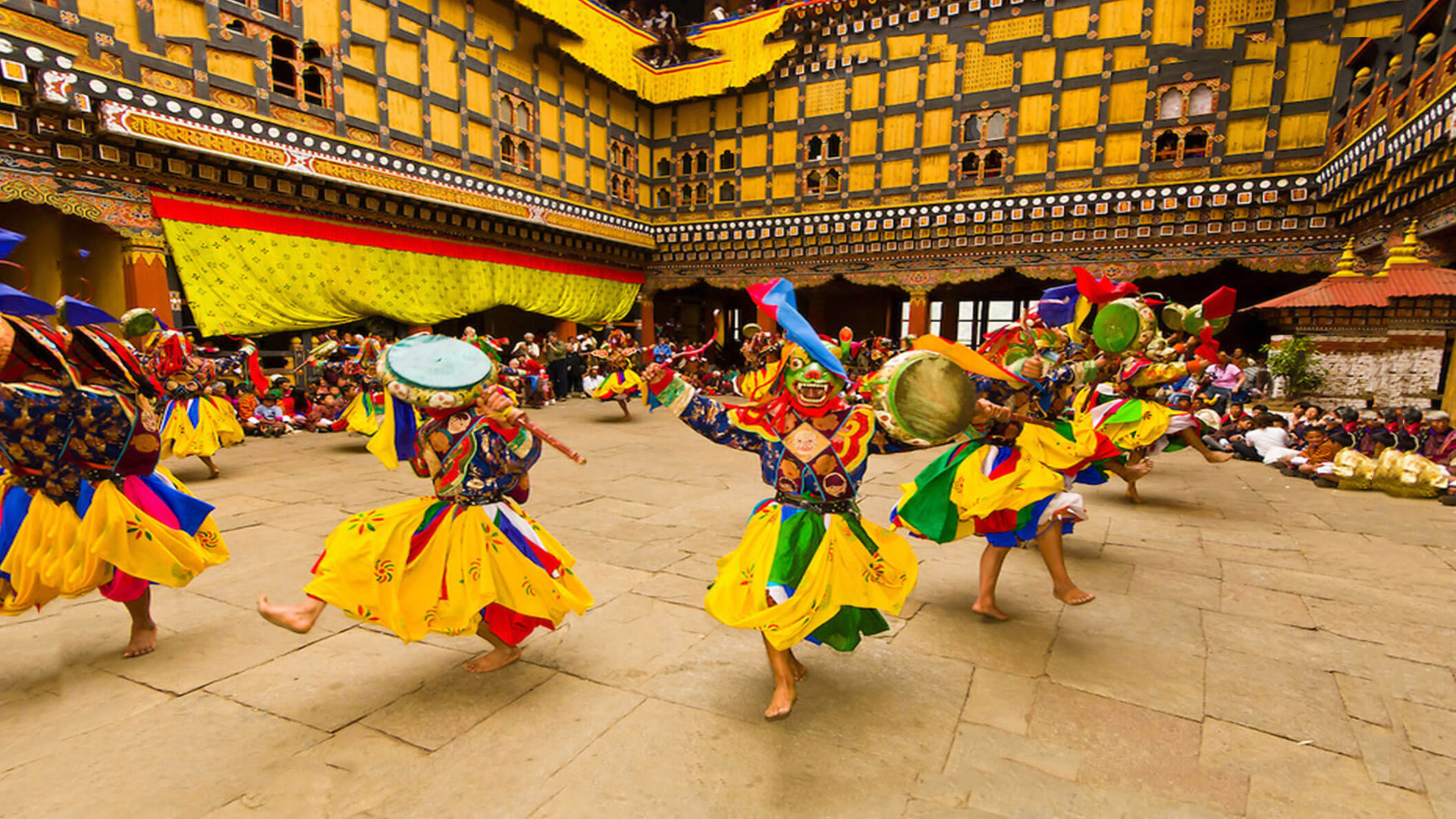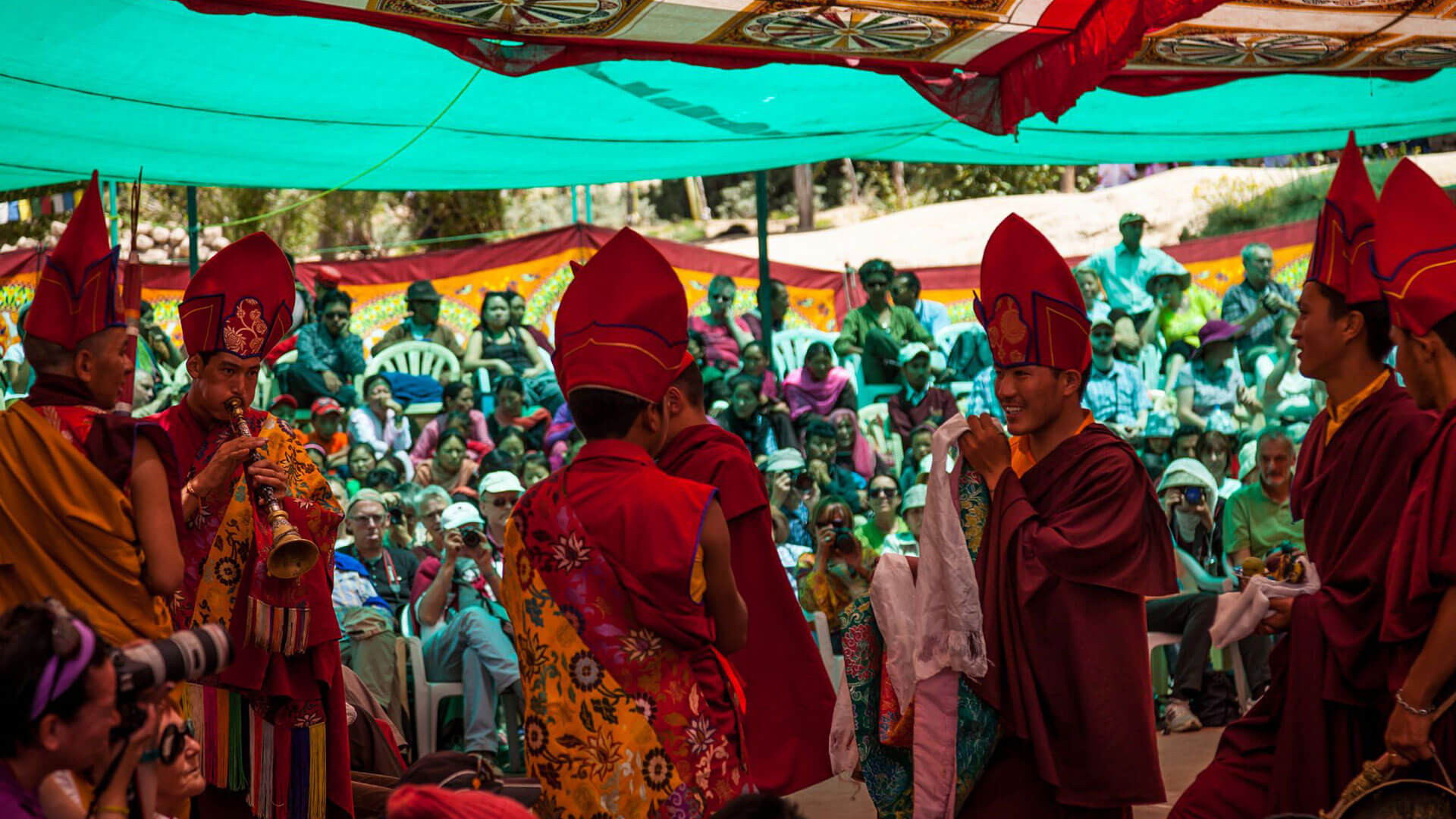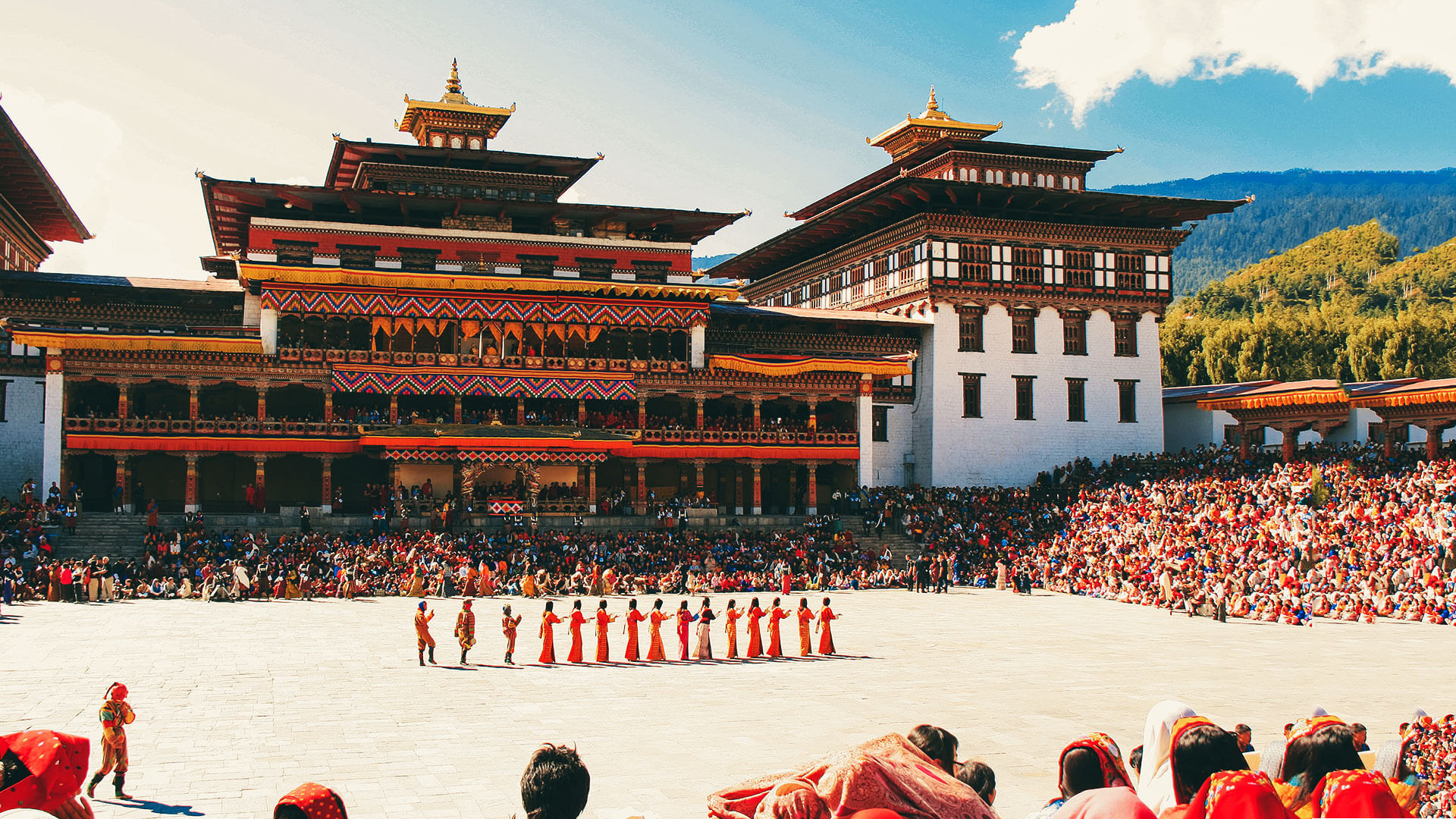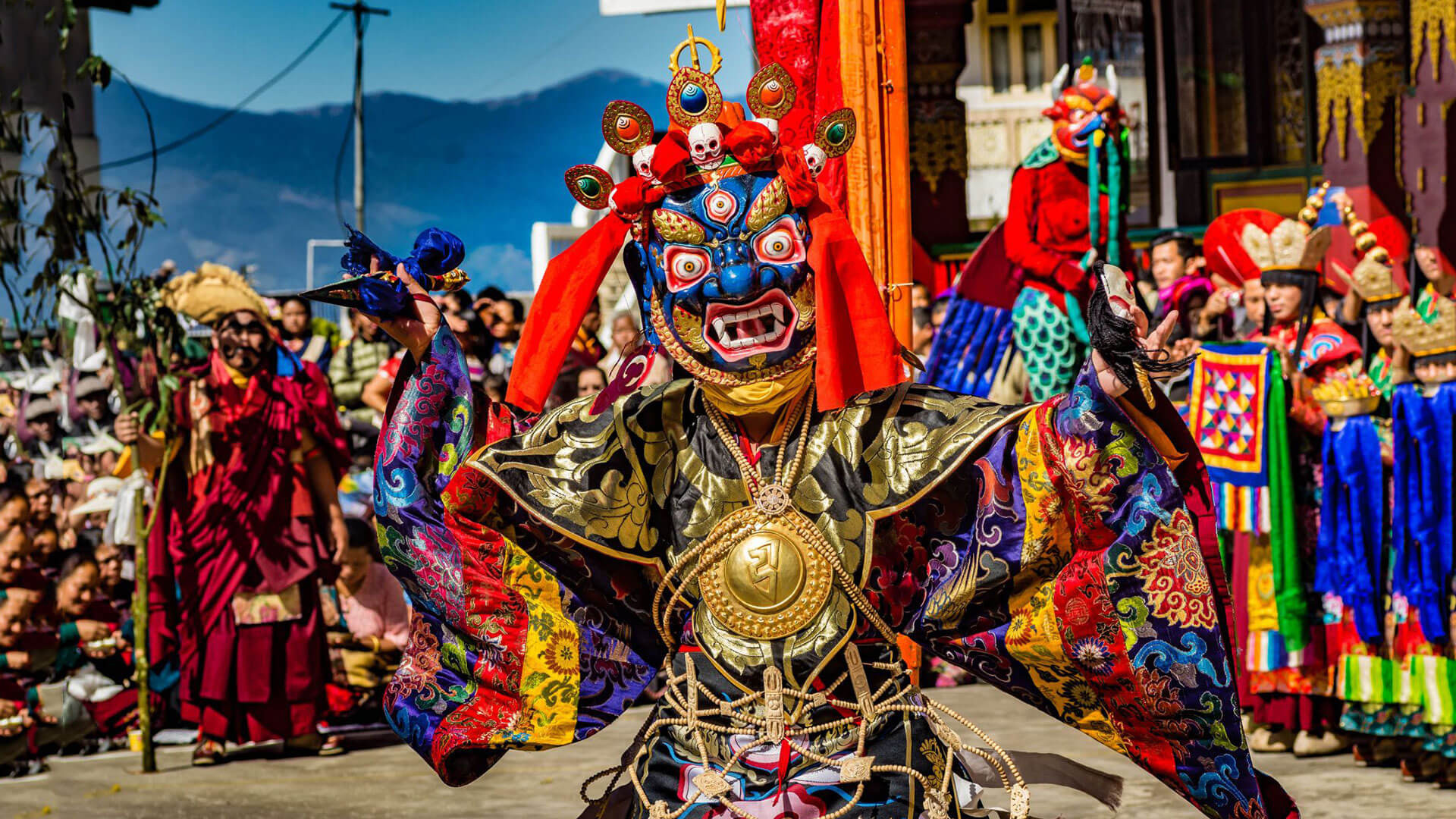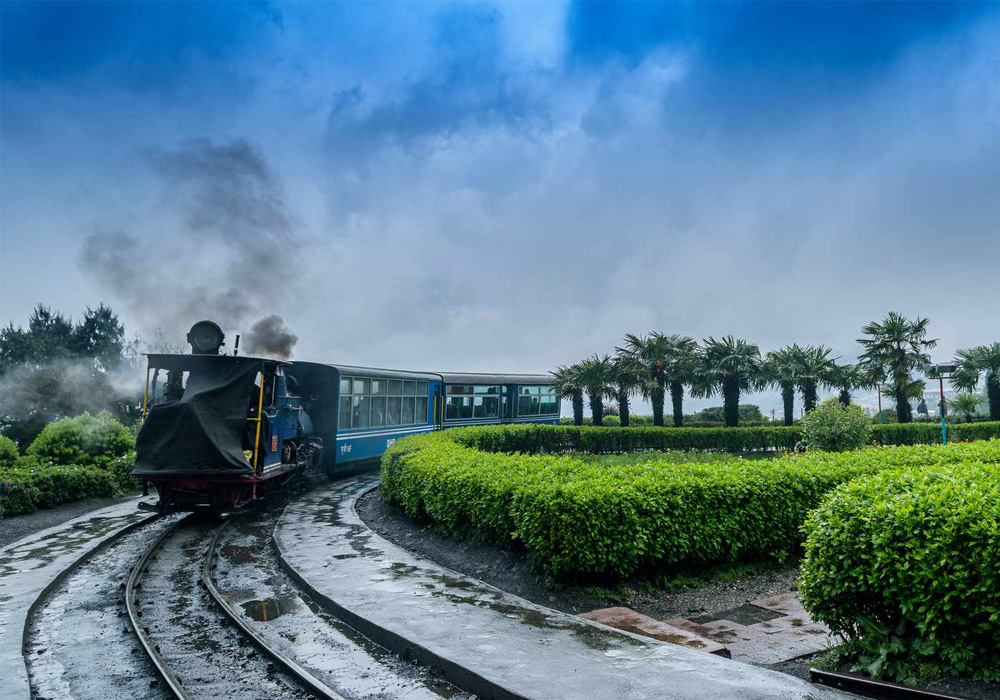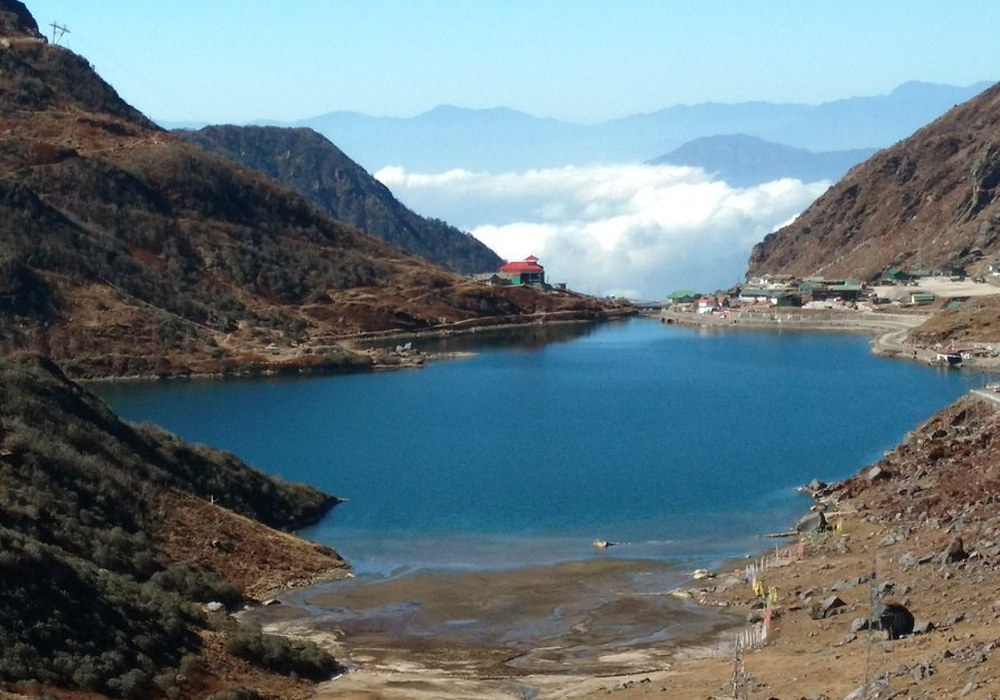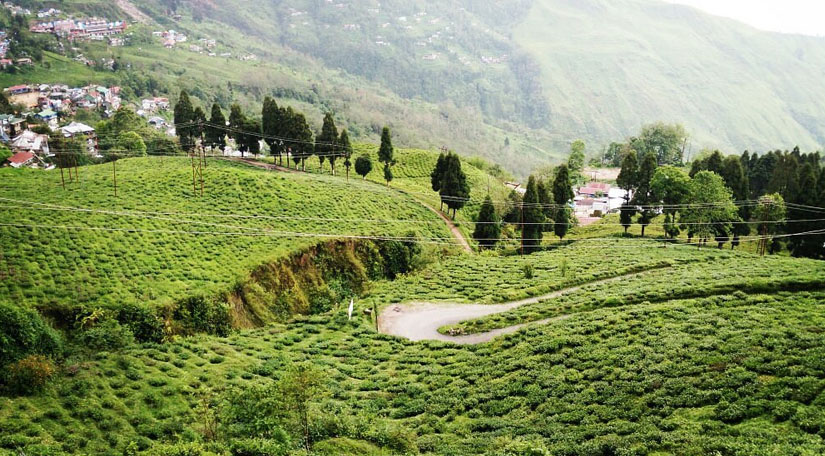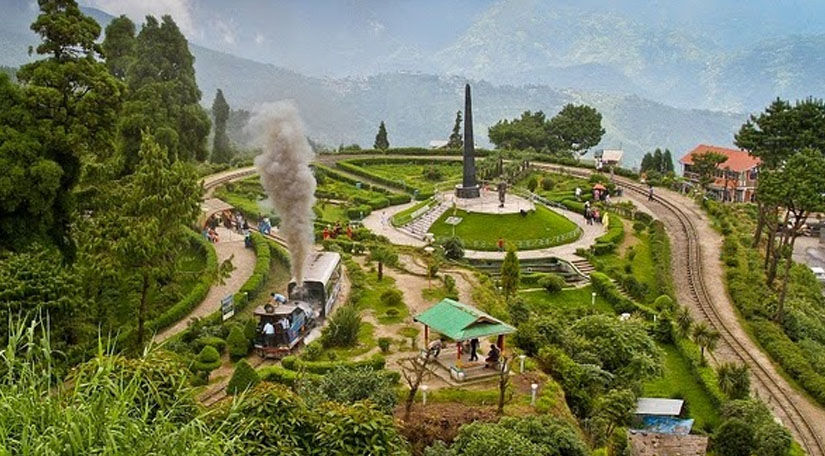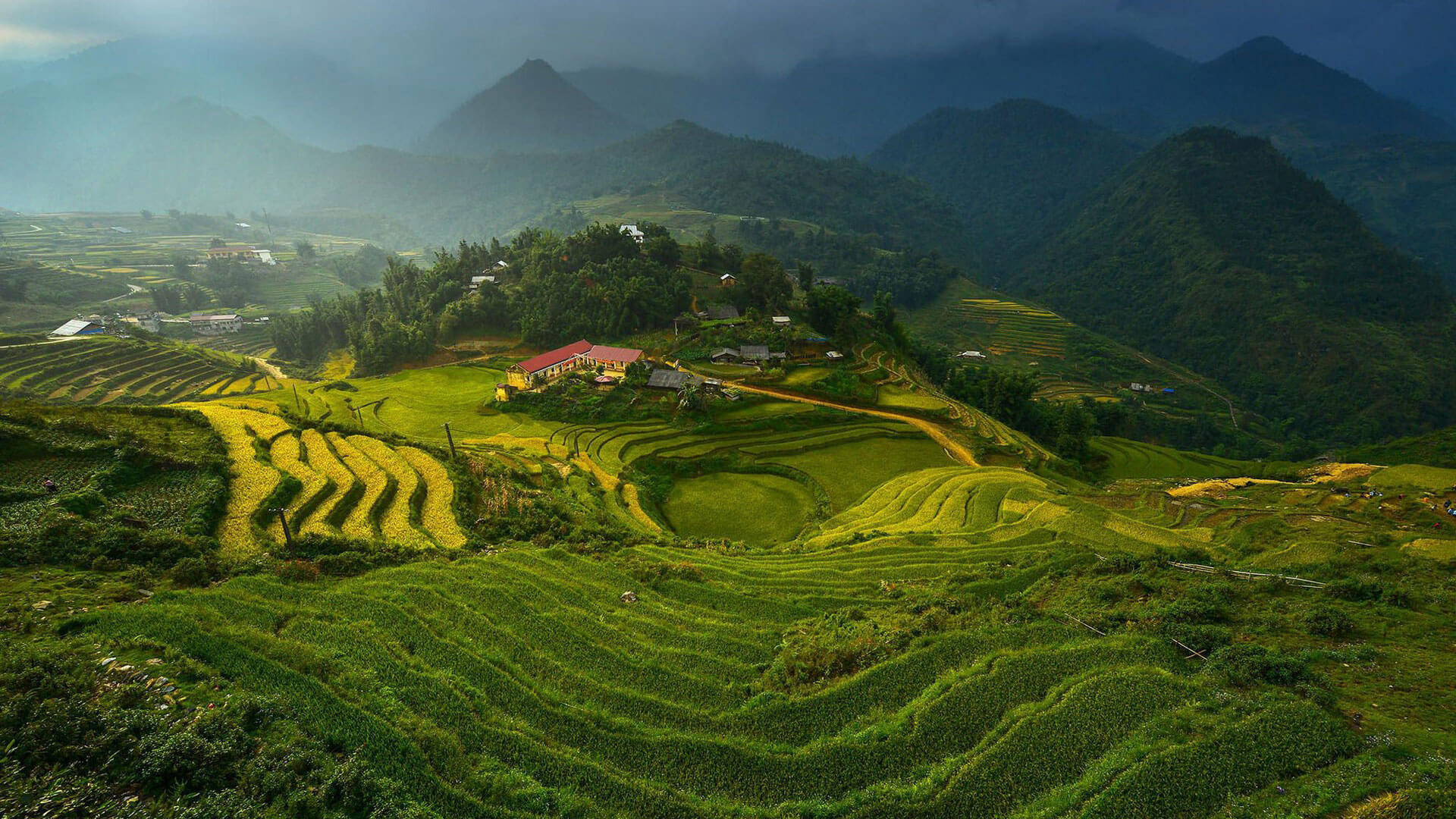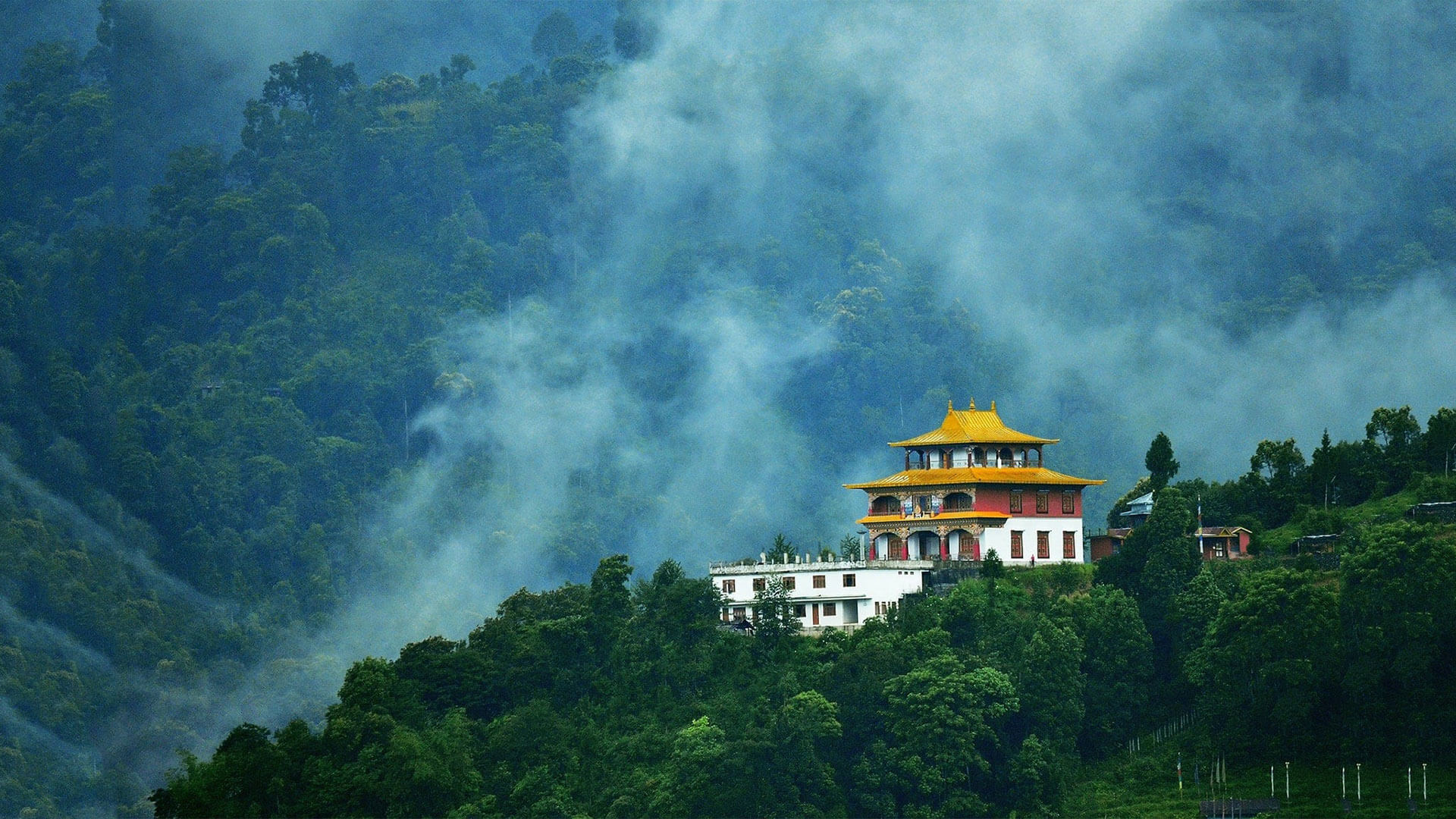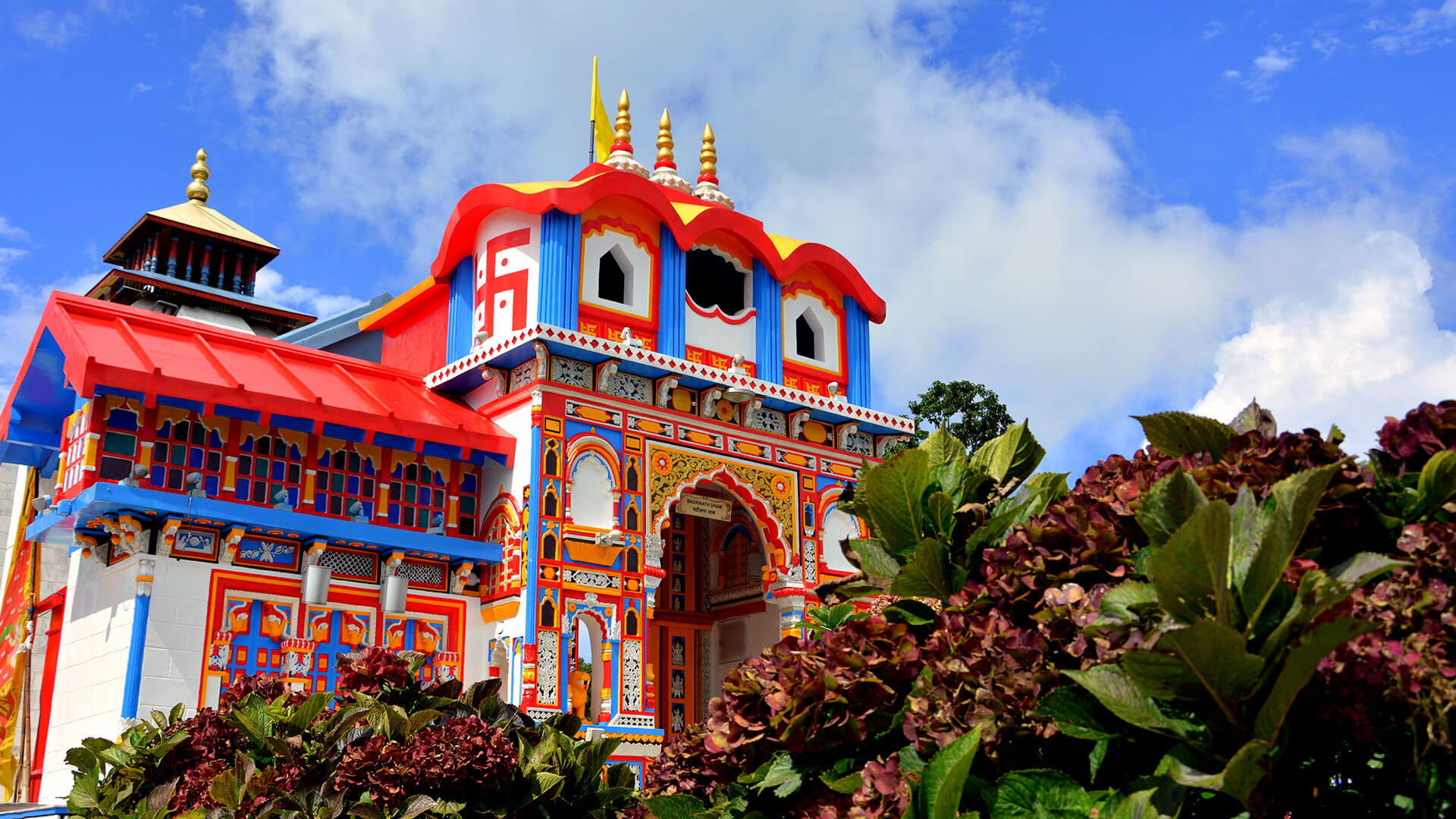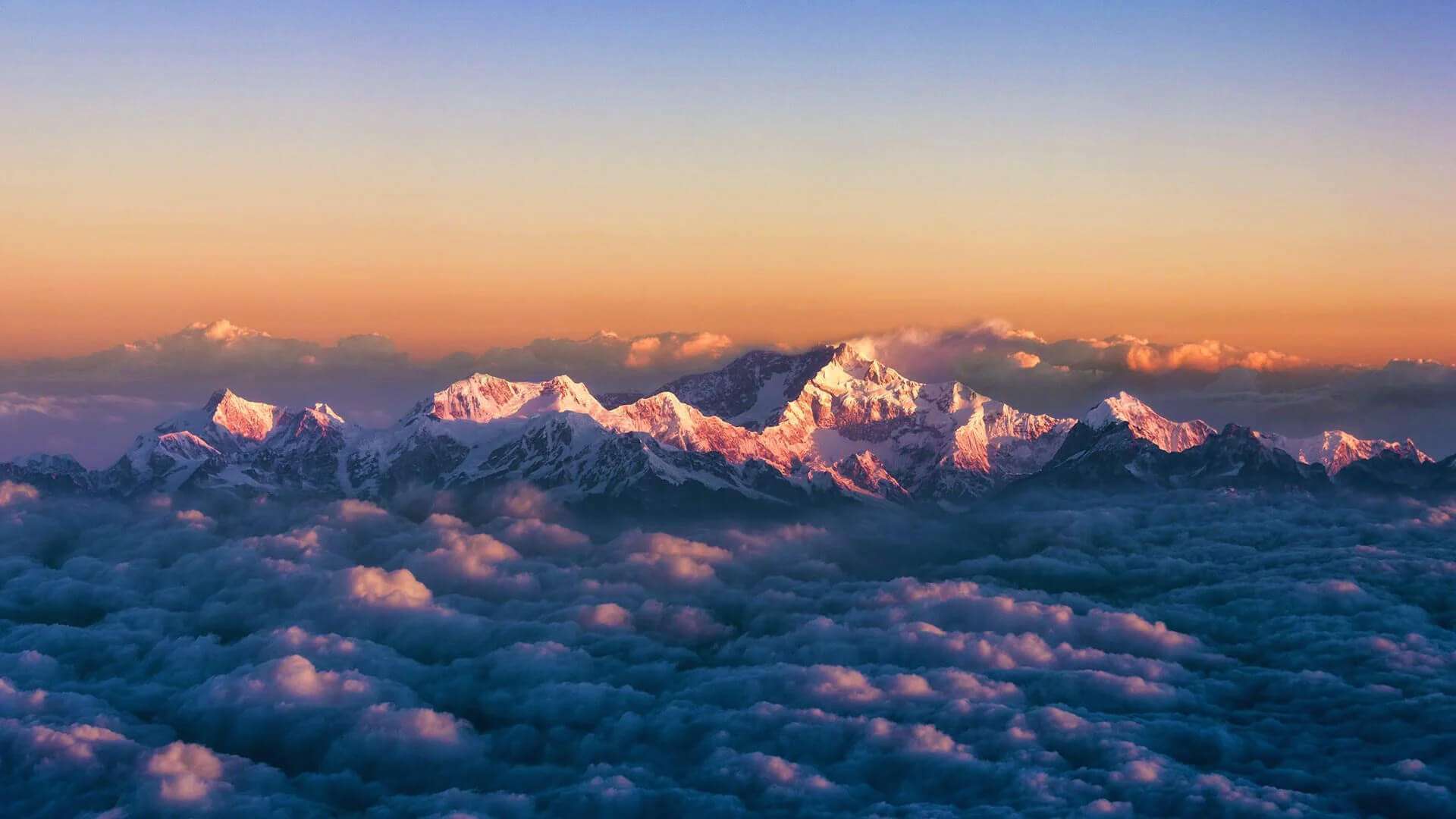Yuksom - The Gateway to Kanchenjunga in Sikkim
Situated in the heart of Sikkim, Yuksom serves as a serene and historic town that holds the distinction of being the original capital of Sikkim. This quaint town, meaning 'Meeting Place of Three Lamas', is where the first Chogyal (king) of Sikkim was crowned in 1642, marking a significant chapter in the region's history. Yuksom is not only imbued with rich cultural heritage but also stands as a testament to Sikkim's intricate past and spiritual foundation.
Geographically, Yuksom is strategically positioned at an elevation of about 1,780 meters, making it a popular starting point for treks into the majestic Kanchenjunga National Park. The landscape is characterized by lush greenery, cascading rivers, and a backdrop of towering Himalayan peaks, which draw nature lovers and trekkers from across the globe.
Yuksom's historical significance is magnified by several ancient monasteries, including the Dubdi Monastery, one of the oldest in Sikkim, established in 1701. The Norbugang Coronation Throne still stands in Yuksom as a silent witness to the coronation of the first king, providing visitors a glimpse into the sacred ceremonies of the past.
Today, Yuksom combines its historical allure with stunning natural beauty, offering a peaceful retreat for those seeking both enlightenment and adventure in the serene laps of the Himalayas. Whether it's exploring its rich flora and fauna, delving into its deep-rooted Buddhist traditions, or simply enjoying the breathtaking views, Yuksom remains a pivotal part of Sikkim's cultural and natural landscape.
If you are planning on visiting a place that is calm and serene then Yuksom is worth giving a shot. The word Yuksom, in its essence, means a meeting place of three learned monks! We bet you didn't know that and it is interesting to know, isn’t it?The dozens of places to visit in Yuksom, is a place that holds quite great significance when it comes to exploring this region’s culture and traditions.
During the monsoon season, the paths and rocks become quite slippery. Thus, it is not advised to travel here during the monsoon season. During the winter season, the weather becomes very chilly, and those who like winter must give it a try.
Major Attractions in and Around Yuksom
Now let us move on and find out some of the beautiful places in Yuksom. This travel guide will help you weave a perfect itinerary.
1. Khecheopalri Lake
This lake is located in western Gangtok. It is situated at a height of around 6,000 ft and being one of the largest lakes in the town, this place attracts a great number of tourists on an annual basis. If you want to explore something really unique then what this place has to offer you is nothing but scoops of happiness.
2. Tashiding Monaster
The Monastery is all about remembering the renowned Buddhist Guru, Padmasambhava. This building is also quite famous for its profound architecture. Being a melting pot of culture and religion this is a must-visit for any spiritual enthusiast.
3. Dubdi Monastery
This monastery was built sometime around 1701. Visiting here you will find that the interiors of this monastery have been very beautifully painted and carved with Buddhist designs.
4. Kanchenjunga National Park (UNESCO Site)
This national park is quite an interesting travel getaway where you can hope to explore and witness some of the most beautiful varieties of animals. And not just that, you also get to witness glaciers, lakes, plains and valleys over here. The highlighting feature of this place is that it has the presence of the third highest peak in the world named Mount Khangchendzonga.
5. Norbugang Chorten
It is situated in the subdivision of West Sikkim. This place carries quite a great religious and cultural importance. It is said that it was erected after the crowning of the first Chogyal of Sikkim sometime in 1642. It is also said that Chorten was the very place where Lama Lhutsun Chempo had created a time capsule for marking the significance of this occasion.
6. Kartok Lake
- A small yet beautiful lake, surrounded by prayer flags and pine trees.
- A great place for meditation, photography, and birdwatching.
- Considered sacred by locals, with legends linked to Tibetan Buddhism.
7. Khecheopalri Lake (Wish-Fulfilling Lake)
- A sacred lake revered by both Buddhists and Hindus.
- Believed to fulfill wishes, with an interesting legend that birds prevent any leaves from floating on the water.
- A short drive from Yuksom, offering a tranquil and mystical experience.
Things to Do in Yuksom
- Trekking & Adventure
- Spiritual & Cultural Exploration
- Nature & Sightseeing
- Photography & Relaxation
- Food & Shopping
Best Time to Visit Yuksom
- March to May (Spring-Summer) – Best for trekking and sightseeing.
- September to November (Autumn) – Ideal for clear mountain views and cultural exploration.
- December to February (Winter) – Cold and peaceful, with chances of snowfall.
How to Reach Yuksom
By Air
The nearest airport is in Bagdogra, West Bengal, and it is namely Bagdogra International Airport. This airport is situated at an approximate distance of about 160 km from Yuksom and is located in the western parts of Siliguri. What's somewhat interesting to know is that it is operated as a civil enclave of the Indian Air Force. It is well connected with other Indian cities and is a travel hub for flights connecting with Kolkata, Mumbai, Bangalore, and Dibrugarh. After you deboard your flight, you will need to cover the remaining distance via some means of public transportation.
Here is a list of Indian cities from where flights are available to Bagdogra
- Delhi to Bagdogra Flight
- Mumbai to Bagdogra Flight
- Kolkata to Bagdogra Flight
- Bangalore to Bagdogra Flight
- Chennai to Bagdogra Flight
- Hyderabad to Bagdogra Flight
- Pune to Bagdogra Flight
- Ahmedabad to Bagdogra Flight
By Road
Yuksom can easily be reached by road from Siliguri and West Bengal. If you are planning your journey on the road, then you can also avail yourself of bus services from Gangtok, Geyzing, Siliguri, and Kolkata. You can also travel from other regions like Delhi and Chandigarh in your own vehicle. From Gangtok, Geyzing, Siliguri, Kolkata, Delhi, Chandigarh Yuksom is situated at a distance of about 121 km, 41 km, 144 km, 699 km, 1,600 km, and 1,850 km, respectively.
By Train
The nearest railhead from here is the New station and Siliguri railway station. From both the respective train stations, Yulsom is situated at an approximate distance of around 150 km and 144 km, respectively. This station is quite well connected with other Indian cities like Delhi, Guwahati, and Kolkata. After you deboard the station, you can take a cab to make your journey further.
Frequently Asked Questions about Yuksom
Q1: What is Yuksom known for?
A1: Yuksom is renowned as the historical first capital of Sikkim, known for its stunning landscapes, rich history, and as the gateway to the Kanchenjunga National Park. It's also famous for its monasteries and as a starting point for treks in the Himalayan region.
Q2: How do I get to Yuksom?
A2: Yuksom is accessible by road from major towns in Sikkim and West Bengal. The nearest airport is in Bagdogra, West Bengal, and the nearest major railway station is in New Jalpaiguri (NJP), from where you can hire a taxi or take a bus to Yuksom.
Q3: What is the best time to visit Yuksom?
A3: The best time to visit Yuksom is from March to June and from September to November. These months offer pleasant weather, making it ideal for trekking and exploring the natural beauty of the area.
Q4: Are there any trekking routes starting from Yuksom?
A4: Yes, Yuksom is the base for several popular treks, including the Dzongri Trek and the Goecha La Trek, which offer spectacular views of the Himalayas and the opportunity to experience the rich biodiversity of the region.
Q5: What are some must-visit places in Yuksom?
A5: Key attractions in Yuksom include the Dubdi Monastery, one of the oldest in Sikkim; the Norbugang Coronation Throne, where the first Chogyal of Sikkim was crowned; and the Kartok Lake, known for its serene beauty.
Q6: What are the accommodation options in Yuksom?
A6: Yuksom offers a range of accommodation options, from budget guesthouses and homestays to more comfortable hotels. These provide visitors a chance to experience local hospitality and culture.
Q7: What kind of wildlife can I see in Yuksom?
A7: The region around Yuksom is rich in wildlife, including various species of birds, butterflies, and mammals like the red panda and the Himalayan black bear, especially within the Kanchenjunga National Park.
Q8: Is Yuksom suitable for family vacations?
A8: Absolutely! Yuksom offers activities and sights that can be enjoyed by people of all ages, making it an excellent destination for family vacations. There are easy walks, cultural sights, and opportunities for nature appreciation.
Q9: What are the cultural highlights of Yuksom?
A9: Yuksom is steeped in cultural heritage, highlighted by its monasteries, the historical coronation site, and local festivals. Visiting during a festival like Losar (Tibetan New Year) can provide a deeper insight into the local customs and traditions.
Q10: Are there any local foods I should try in Yuksom?
A10: While in Yuksom, try local Sikkimese dishes such as momos (dumplings), thukpa (noodle soup), and chhurpi (a local cheese). Local millet-based beverages like tongba (fermented millet beer) are also worth sampling for a taste of regional flavors.
Popular Packages
Blogs

Famous Festivals of Sikkim – Celebrate Culture & Tradition

Famous Food Of Sikkim 2025 - Explore the Unique Flavors and Traditional Dishes

Snowfall Places in Sikkim 2025 - Top Destinations for Winter Adventures

16 Best Tourist Places To Visit Near Darjeeling In 2024

Top Tourist Places to Visit in Sikkim - Scenic Spots and Attractions
Nearby Stays
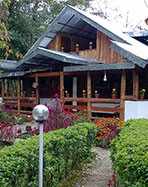
Limboo Homestay
Yuksom West. Sikkim, 737113
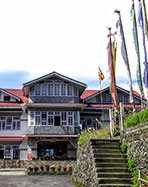
Red Palace Hotel
Yuksom Kothi, Yuksom, Sikkim 737113
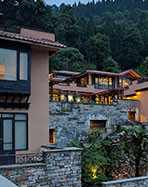
The Chumbi Mountain Resort & Spa
Naku Chumbon, Pelling, Sikkim, India 737...
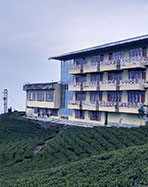
Cherry Resort
Temi Tea Garden, Namchi, South Sikkim 737126
